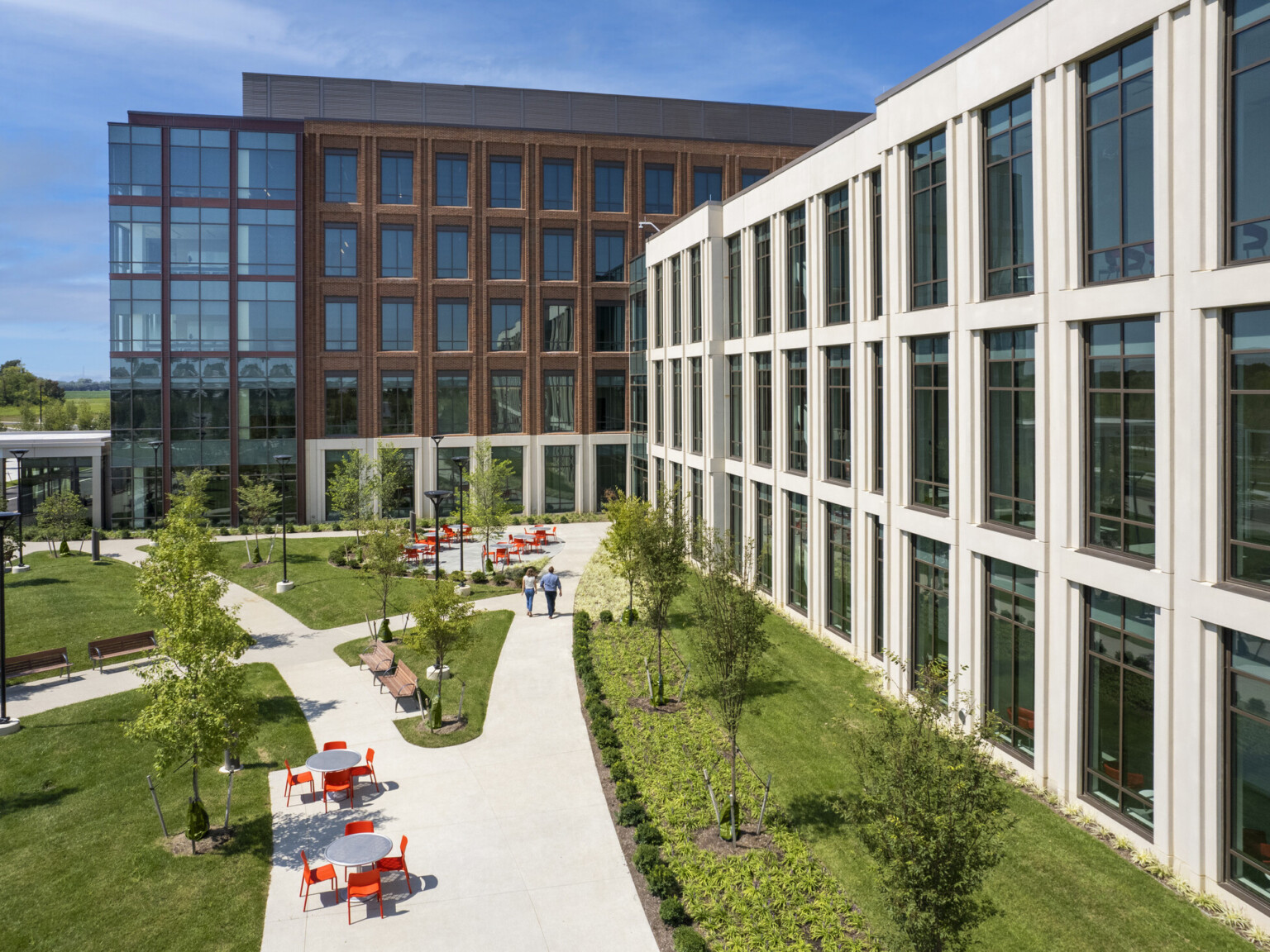
A Bright Idea in Lighting Design

Good museum lighting is all about the control of light and, in this case in particular, the control of beam angles. Given that the light sources would be mounted on ceilings over 20 feet tall illuminating objects ranging in scale from a small vase to a large sculpture, the need for a range of beam choices was paramount. Legacy halogen fixtures traditionally available in 5-, 9-, 12-, 15-, 20-, and 30-degree beams can be suitable for some museums. However, the museum-grade fixtures available on the market were typically limited to 20, 40, and 60 degrees by using different reflectors mounted in front of an LED module. Some institutions mix halogen and LED sources in order to achieve the range of beam spreads we needed, but this was not a suitable option for the Renwick Gallery.
For this project, our goal was to be among the earliest museums lit entirely by LED sources. We had full support from the Smithsonian Institution’s in-house lighting designer Scott Rosenfeld, who had been exploring the use of LED retro-fit lamps, or bulbs, made for the commercial market which offered more beam sizes. Together, we set out to develop a custom family of fixtures that would meet all the requirements of a museum-grade lighting system utilizing commercial retro-fit LED lamps.

It was not clear whether the project budget could afford an all-LED system, much less a custom one. Additionally, the architectural and mechanical engineering team wanted to ensure an LED system could be implemented to allow a reduction in cooling requirements and reduce energy consumption by approximately 75 percent. If we could reduce the cooling requirements for the lighting, my colleague and Principal Roger Chang and his team could reduce the size of the mechanical equipment on the uppermost level of the museum and maintain the original roof profile. As an historical landmark across the street from the White House, changes to the building’s historic roof profile would trigger considerable risk and cost. Our solution for a new lighting system in legacy halogens, a hybrid system, or an all-LED system directly affected the size and capacity of the building infrastructure and project budget.
An additional benefit of an all-LED lighting system is the lamp life. Halogen lamps have an average life of 3,000 to 5,000 hours, whereas LED modules can typically last up to 50,000 hours. This is a particularly significant issue within the museum environment. When a lamp needs to be changed it is often done by maintenance personnel who do not have the same level of sensitivity and rigor as a lighting designer. The overall lighting quality and “focus” normally deteriorates as lamps burn out and get replaced. Labor to replace lamps is much more costly than the lamps themselves, and can sometimes result in gallery closures.

Our solution was a customized lighting system that solved all project criteria. The track layout, combined with individual fixture tilt-and-rotation capabilities, provided full flexibility of mounting positions, as well as how light beams can be aimed and locked into position. The new fixtures were custom-sized to accommodate widths and lengths of the most commonly used retro-fit lamps, and allow the use of a full range of sources with different beam spreads. Heat is the enemy of LED sources, so our fixtures are passively cooled by a chimney effect with engineered openings at the front and rear of each fixture type that allow air flow but control light spill. The fixtures also provide mounting opportunities for the full range of both thicker glass lenses and newer thin films to shape the light into various ovular shapes critical for gallery lighting. The profile of the fixtures and integral snoots simultaneously provide state-of-the-art glare control and a quiet presence in the galleries.
The implementation of an all-LED custom retro-fit lamp system lends significant benefits not only to the lighting systems, but many other aspects of the building renovation. In addition to a satisfied client, our unique solution was subsequently recognized by  magazine as “.”










